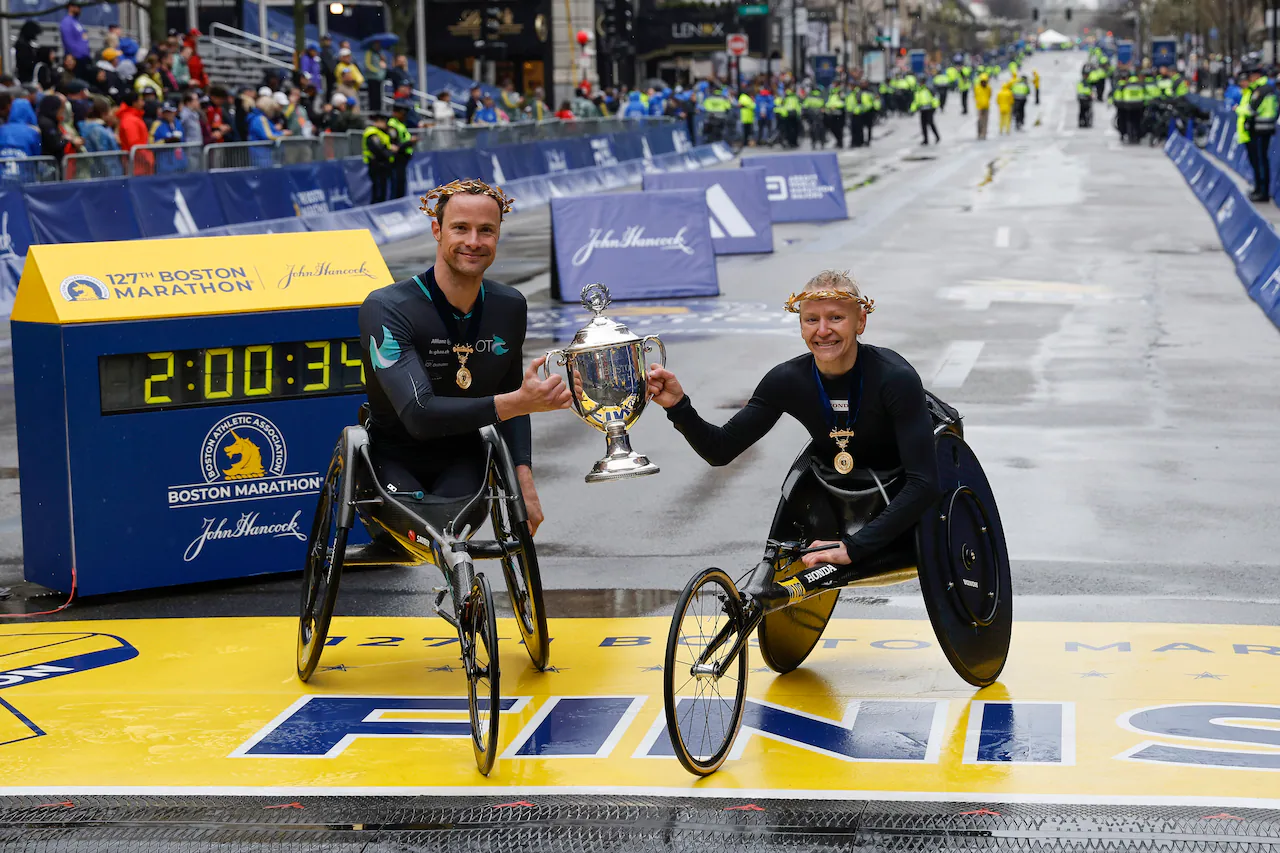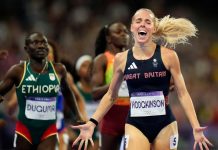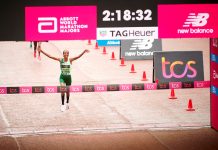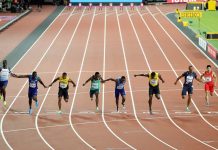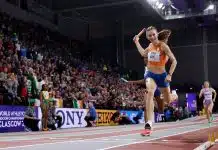The Boston Marathon, one of the world’s most iconic races, is taking monumental steps towards inclusivity and recognition for its para athletes. With exciting introductions to its para athlete divisions and a prize purse set to surpass a whopping $1 million, the race is not just about breaking personal records but also about breaking barriers. This article delves into the changes and the stories behind them.
Milestone Prize Money
The Boston Marathon has always been a pinnacle of marathon achievements. Now, it’s also setting benchmarks with its prize money. For the first time in its storied history, the Patriots’ Day purse is set to exceed $1 million. This isn’t just a mere increase in numbers; it’s a statement, a testament to the value and respect given to every athlete on the field.
“We are always looking at ways to celebrate and reward athletic excellence,” BAA President and CEO Jack Fleming stated. “Boston is a running city, and we’ve made it our goal to elevate Para athletes as they train and compete for the podium at our events, from the 5K through to the marathon.”
Embracing Diversity in Athleticism: New Para Athlete Divisions
To promote inclusivity and adapt to the needs of various athletes, the Boston Marathon is launching two new para athlete divisions. These divisions will cater to athletes classified with coordination impairments and intellectual impairments. It’s not just about expanding divisions but making a bold statement that everyone deserves a chance at the finish line, irrespective of their challenges.
Elevating Previous Divisions: More Inclusive Categories
While the introduction of new categories is commendable, the Boston Athletic Association is also revising its previous divisions. Athletes with upper and lower limb impairments will now find a more inclusive platform to showcase their talent. Such steps ensure that the marathon doesn’t just evolve but truly encompasses the spirit of inclusivity.
Now, with the FanDuel Massachusetts Promo Code, fans can not only cheer for their favorite runners but also enjoy some thrilling online sports betting action.
A Sponsorship Revolution: Bank of America Takes the Baton
The transition of main sponsorship from John Hancock to Bank of America is proving to be more than just a name change. This switch promises enhanced rewards for athletes. For instance, the prize for the men’s and women’s wheelchair winners has seen a significant jump to $40,000 from the previous $25,000.
Wheelchair Winners’ Bonus: The Race for Record
Adding to the excitement, there’s a whopping $50,000 bonus awaiting any athlete who sets a new course record in the wheelchair category. This prize is on par with the rewards for the men’s and women’s divisions, ensuring equity among the participants.
Prize Distribution Insights: Breakdown of Rewards
While the champions undoubtedly enjoy a generous purse, it doesn’t end there. Athletes securing second through 10th places will also see a rise in their prizes. To put things into perspective, the total prize for wheelchair divisions alone stands at an impressive $313,500.
The Future Looks Bright: Increased Prizes in 2024
The momentum set by the Boston Athletic Association (BAA) doesn’t seem to be slowing down. Come 2024, not only will the Boston Marathon see increased prizes but so will BAA’s other races like the 5K, the 10K, and the half marathon. The realm of para athletes and their counterparts in the open division is poised for growth.
The Voice of Para Athletes: More Than Just Money
Top para competitors like Susannah Scaroni and Marko Cheseto provide perspective on these changes. It’s not just about the money; it’s about representation. Being able to afford state-of-the-art racing equipment and covering travel costs to races is invaluable. Yet, the true essence lies in the recognition and the platform to inspire future para athletes.
Role Model Creation: The Ripple Effect
While winning is a personal achievement, for para athletes, it’s also about paving the way for others. With the enhanced prize money and recognition, potential para athletes now have figures to look up to. Role models are being fostered, narratives are being shaped, and a new wave of inspiration is dawning.
“The legacy of the original 1970 wheelchair athletes has enabled myself and all other para-athletes of my generation to perceive ourselves and to be perceived publicly, as professional athletes. I cannot express how much this has meant for all of us,” defending Boston Marathon wheelchair winner and Paralympic gold medalist Susannah Scaroni explained.
“The provision of prize money indicated that the BAA truly recognized that wheelchair racers are elite athletes,” she said. “And this support has enabled the sport to grow and improve and subsequently gives more people with disabilities exposure to role models.”
Marko Cheseto, world-record holder in the double lower leg amputee division, wants other races to be more inclusive.
“It’s about diversifying the sport and creating more avenues for people with disabilities to compete, so we continue to grow the sport for future generations,” he said.
This article has attempted to shed light on the progressive steps being taken by the Boston Marathon. By emphasizing inclusivity, equitable prize distribution, and celebrating every form of athleticism, the marathon is not just a race – it’s a movement.


